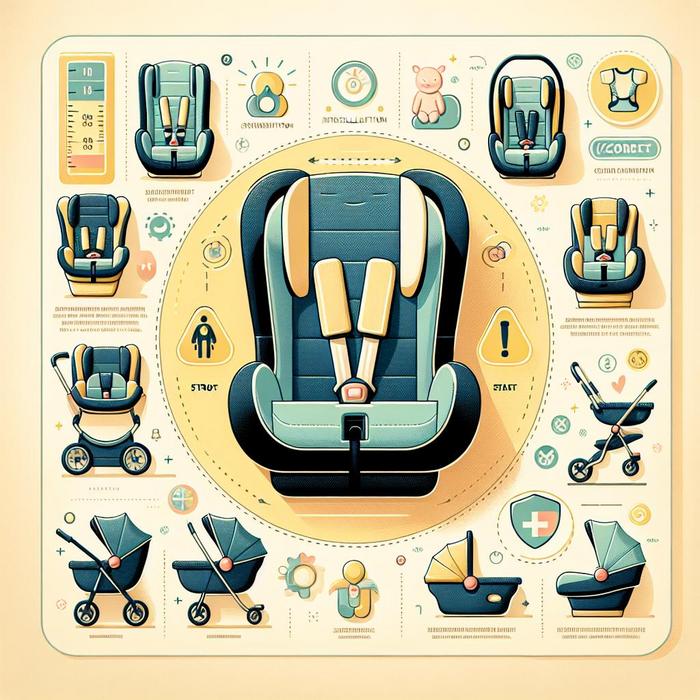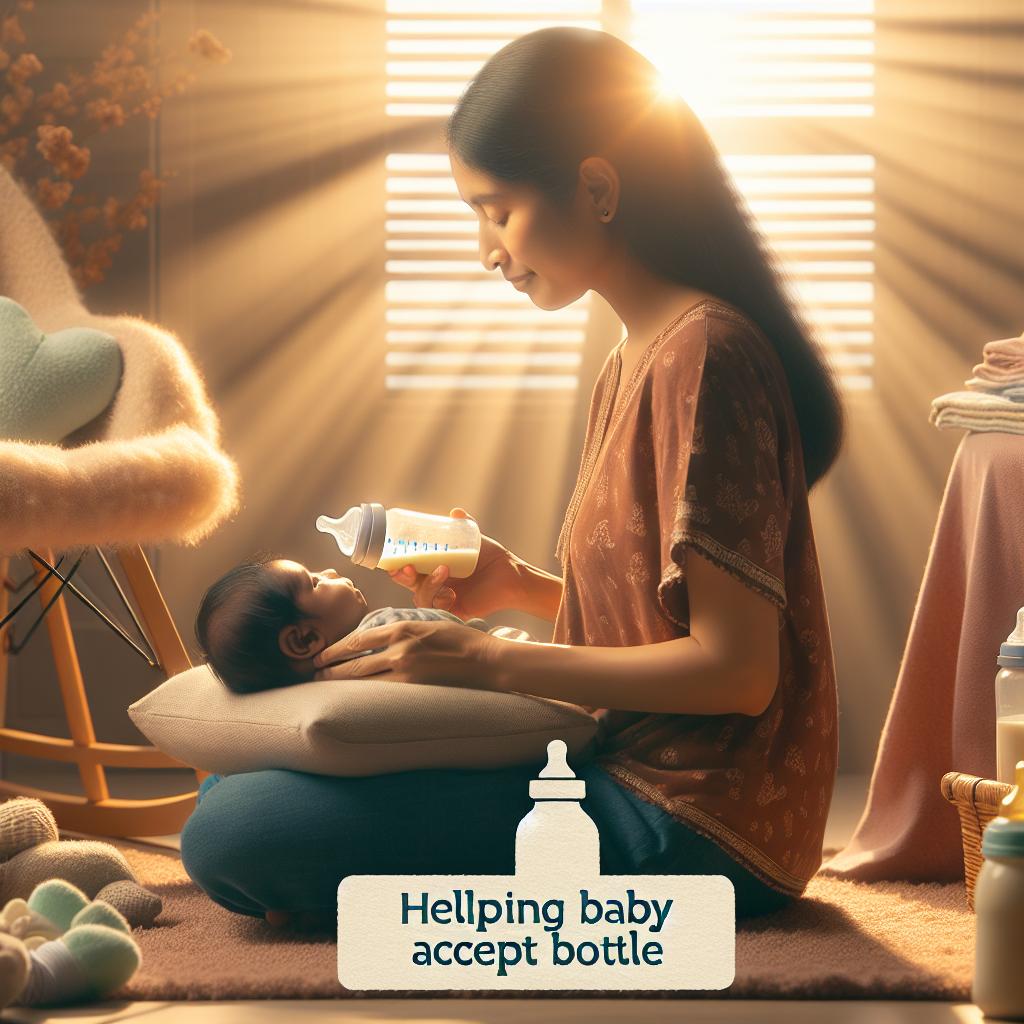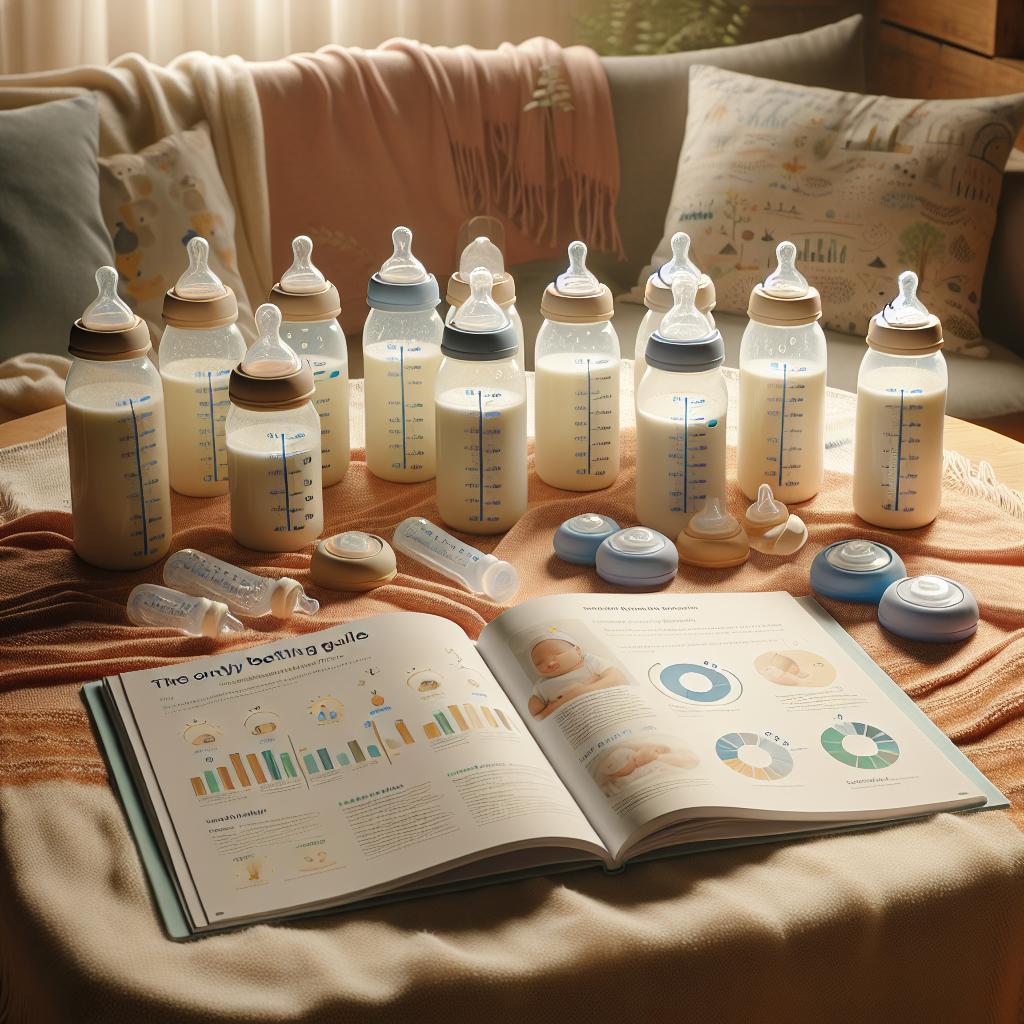Understanding the Importance of Car Seat Safety
When it comes to transporting your precious little one, safety is paramount. A crucial aspect of baby transportation is selecting an appropriate car seat. With many options available, it can be daunting to determine which one is right for your child. This blog post aims to provide clarity on car seat safety, helping you make an informed choice when purchasing this essential item.
Key Factors to Consider When Choosing the Right Car Seat
While all car seats on the market are required to meet certain safety standards, not all are created equal. To ensure utmost safety and comfort for your child, consider the following factors:
- Car Seat Types: Car seats are classified into three principal categories based on a child’s age and size: infant car seats, convertible car seats, and booster seats. Each type serves a unique purpose and is designed to support your child’s development stages.
- Size and Fit: The car seat must fit your child and your vehicle perfectly. Check the car seat’s weight and height limits, and ensure it fits securely in your car.
- Installation: A correctly installed car seat is key to ensuring your child’s safety. Check for clear instructions, easy-to-read indicators and ideally, a system that simplifies the installation process.
- Safety Features: Look for enhanced safety features like side-impact protection, five-point safety harness, and energy-absorbing foam.
The National Highway Traffic Safety Administration (NHTSA) sets the standards for car seat safety in the United States. They recommend that children remain in a rear-facing car seat as long as possible, usually until they reach the seat’s maximum height or weight limit.
HealthyChildren.org, a site from the American Academy of Pediatrics, also offers comprehensive guidelines and installation tips for various car seats.
It’s critical to stay updated with these safety guidelines, as they are continually revised based on new research and technological advancements.
Reviews and Ratings: Your Guiding Star
While the car seat’s specifications from the manufacturer provide a wealth of information, they only tell half the story. Understanding the experiences of other parents who have used these car seats can offer invaluable insights. Consumer reports often undertake rigorous testing and provide detailed reviews about the safety, ease of use, and comfort of various car seats.
Finding Balance Between Baby’s Needs and Safety
As you transition to a lifestyle that includes baby transportation, it’s essential to balance your baby’s needs with their safety. You might already be managing breastfeeding on demand or figuring out how to encourage your baby to crawl. Now, you have the added responsibility of ensuring their safety during car journeys.
Selecting an appropriate car seat is only the beginning. As your child grows, you’ll need to reassess their needs and make adjustments. Remember, safety should always be the top priority.
Final Words
Making sure your toddler is safe while on the road can seem like a daunting task, but with proper research and guidance, you can make an informed choice. It’s all about understanding the key features of the car seat, being aware of the latest safety guidelines, and regularly checking the seat’s fitting and condition.
Don’t rush the process. Take your time to explore the options, read reviews, and choose a car seat that best suits your child’s needs and your vehicle.
Seeking Expert Advice for Car Seat Safety
Another effective way to guarantee the safety of your child while traveling is by seeking expert advice. There are professionals known as Child Passenger Safety (CPS) technicians who can assist you. They have been trained to help parents and caregivers understand and correctly use car safety seats and seat belts. They can provide guidance on which car seat mode is appropriate for your child’s age, size, and developmental needs.
In addition to providing information about correct car seat installation, CPS technicians can check if your car seat is on the recall list or if it has expired. Yes, car seats have expiration dates too! Most car seats expire after six years, but this can vary depending on the manufacturer.
Common Car Seat Mistakes to Avoid
While selecting and installing the right car seat is crucial, it’s equally important to be aware of common mistakes parents often make. Avoiding these mistakes can significantly enhance car seat safety.
- Incorrect Installation: A car seat that’s not installed correctly can compromise the safety of your child. Make sure to follow the manufacturer’s instructions or seek help from a CPS technician.
- Transitioning Too Soon: Resist the temptation to switch to a front-facing car seat or booster seat too soon. As per the AAP guidelines, keep your child rear-facing as long as possible.
- Ignoring Safety Harness: Always secure your child with the safety harness, ensuring that it’s snug and correctly positioned.
- Using Recalled or Expired Car Seats: Ensure that your car seat is not recalled or expired for optimum safety. You can check this information by looking at the label on your car seat or visiting the NHTSA recall list.
What to Do in Case of a Car Accident
Even with perfect car seat safety practices, accidents can still happen. Knowing what to do in such scenarios is crucial. One of the first measures to take is checking the car seat for any visible damages. Refer to NHTSA’s guidelines about car seat use after a crash. In many situations, the car seat may need to be replaced, even if it appears undamaged.
The Journey to Comprehensive Car Seat Safety
Parenting is a journey, and ensuring car seat safety is a part of it. Remember, your child’s safety isn’t just about the car seat you choose, but also about how you use it. Stay updated with the latest recalls and safety guidelines, and regularly check your car seat’s condition. Also, don’t forget to buckle up yourself—setting a good example for car safety is a crucial part of the process.
The task of selecting the right car seat and ensuring its correct usage might seem daunting, but you are not alone. Numerous resources, expert guidance, and community support are readily available. You can visit online forums like Reddit, consult the Safe in the Seat guide, or read reviews and recommendations on Wirecutter and Reddit. Always remember, your child’s safety is worth all the effort and time.







